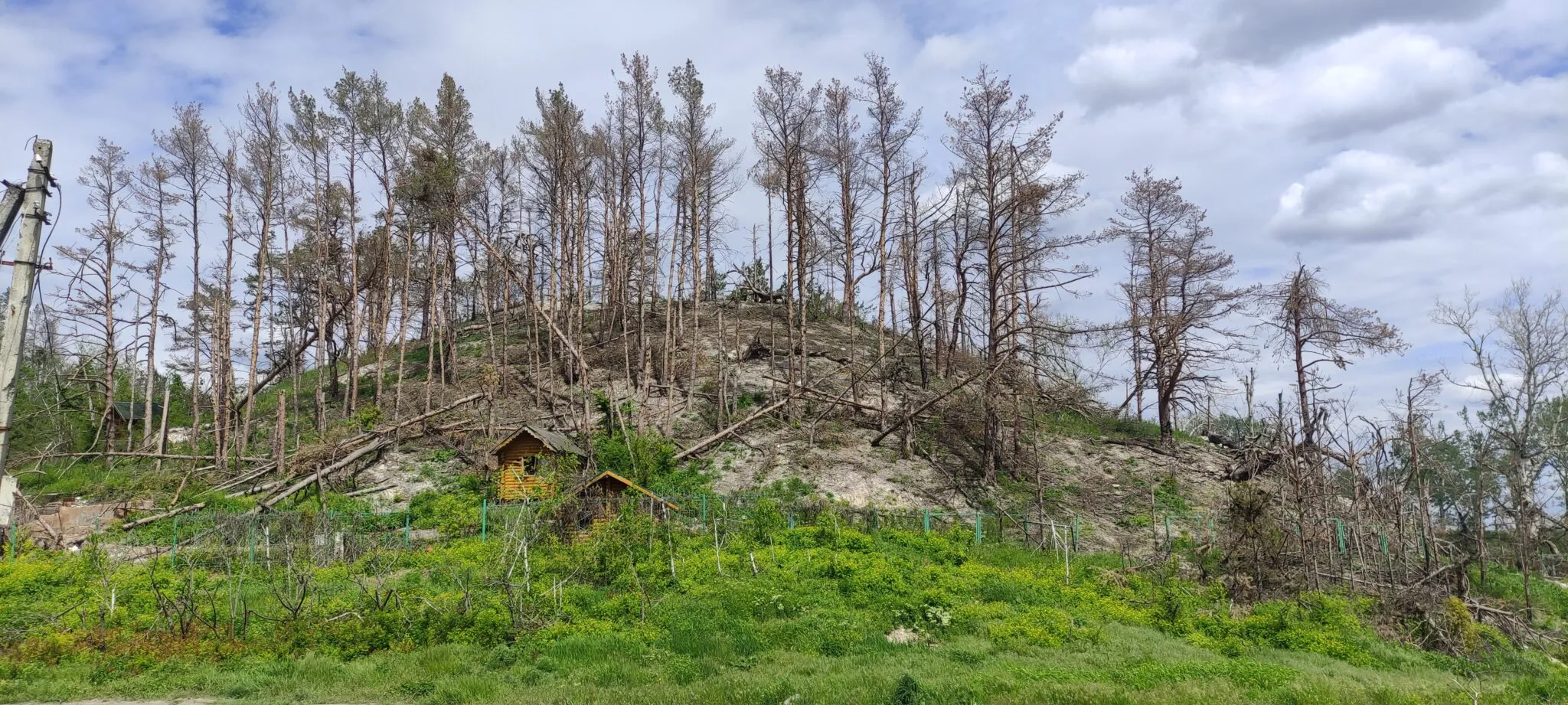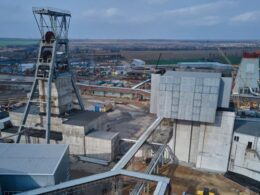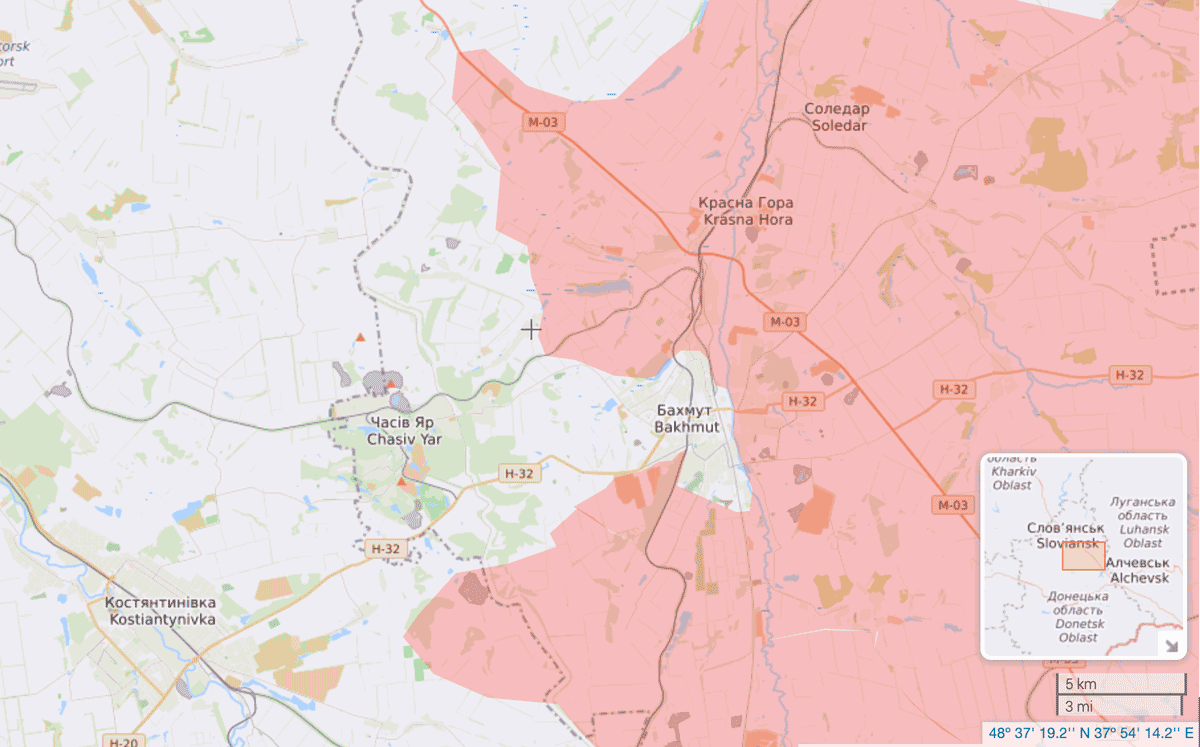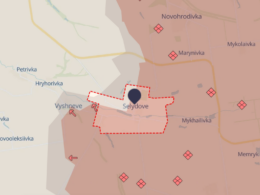According to experts, the loss of forests in the steppe zone will have long-term consequences for preserving biodiversity, water resources, and climate regulation. It will also cause the deterioration of air quality, increased risk of rivers and ponds drying up, and increased risk of fires.
Russia is one of the largest exporters of wood in the world. Before 2022, the largest buyers of Russian wood were China, Uzbekistan, Kazakhstan, Finland, and Germany. After Russia's invasion of Ukraine, EU countries banned the import of Russian wood, leading to a 35% drop in overall Russian wood exports. Russia explained this decline as an "internal decision unrelated to the EU's actions."
The main buyers of Russian wood are Türkiye, the UAE, Kyrgyzstan, Iran, South Korea, and China.
"If Ukrainian wood from temporarily occupied territories ends up with them, it compromises the entire market. Those who buy from Russians can no longer be sure that they have not acquired illegally sourced wood," explains Dmytro Karabchuk, founder and executive director of the NGO "Forest Initiatives and Society."
- Ukraine recorded over 265 Russian environmental crimes, including 14 cases of ecocide
- Ukraine launches investigation into ecocide after Nova Kakhovka attack
- EU reportedly agrees on extending free trade with Ukraine with more limitations
- Ukrainian optimism is high but waning: 88% still believe in victory over Russia, down from 94% in 2023





